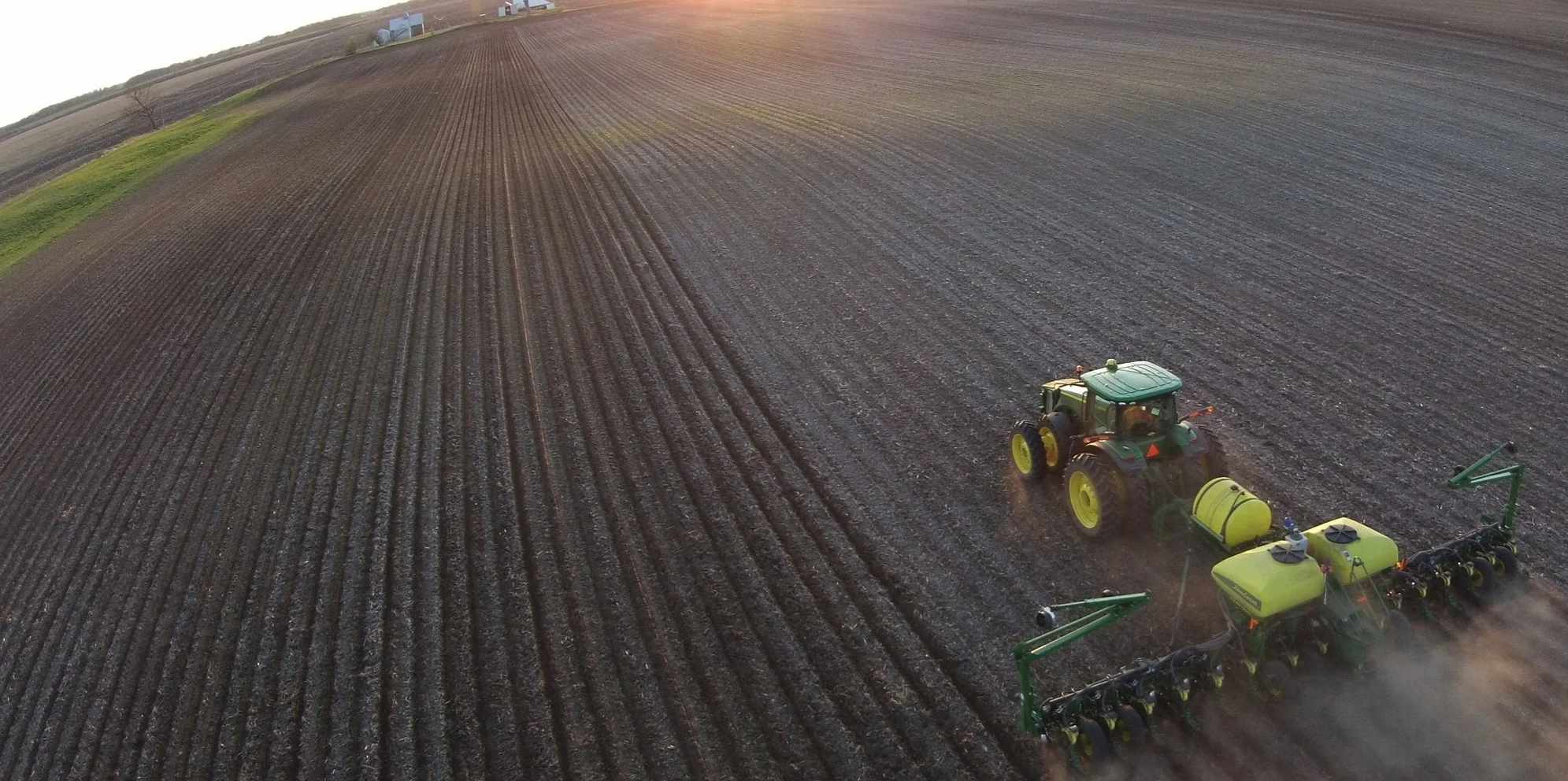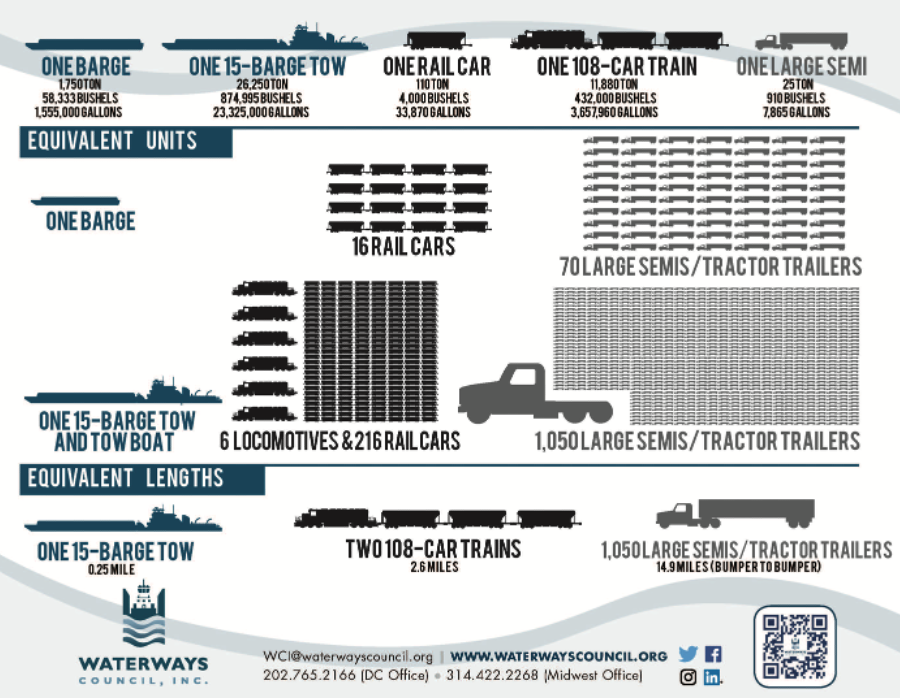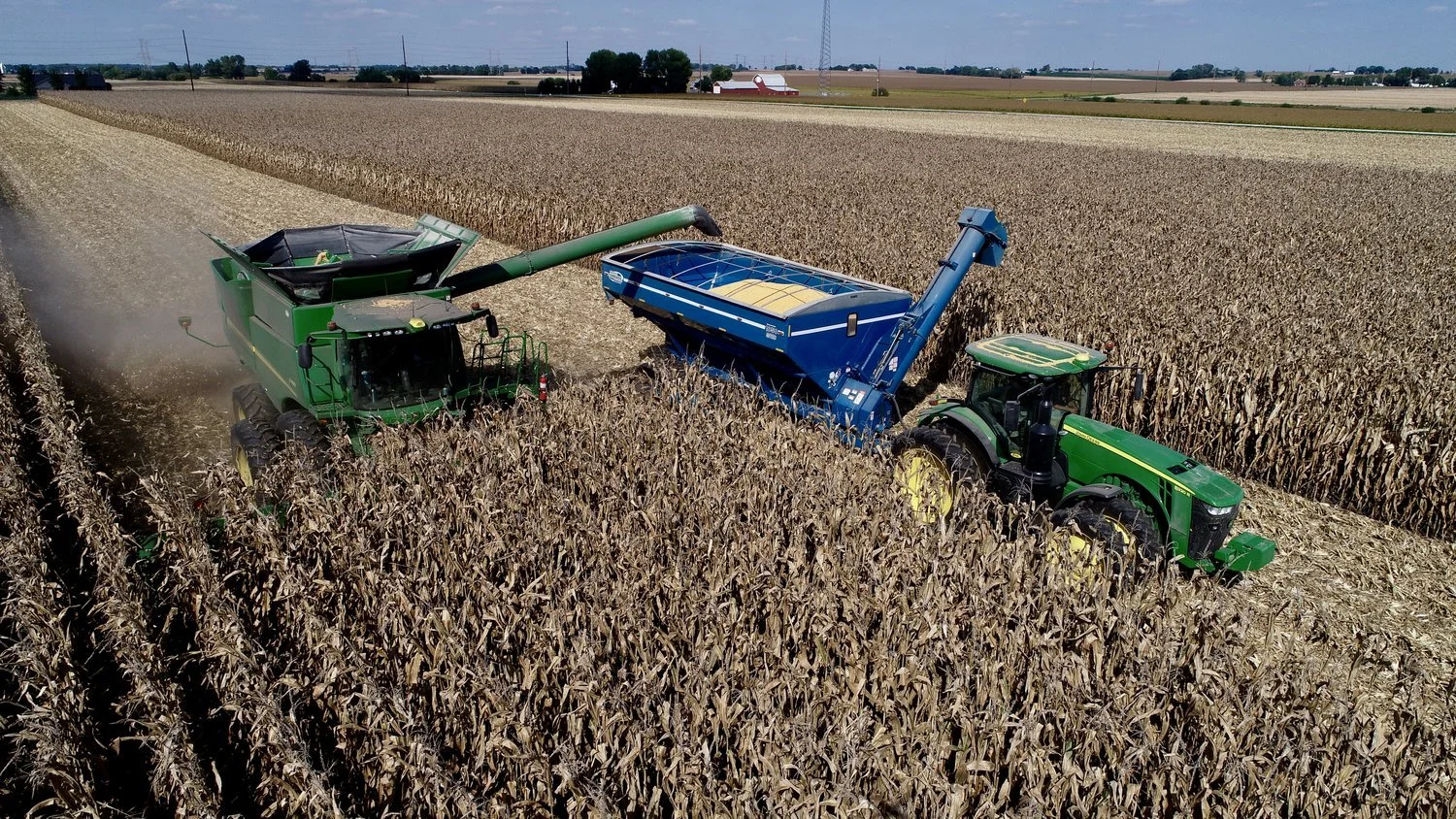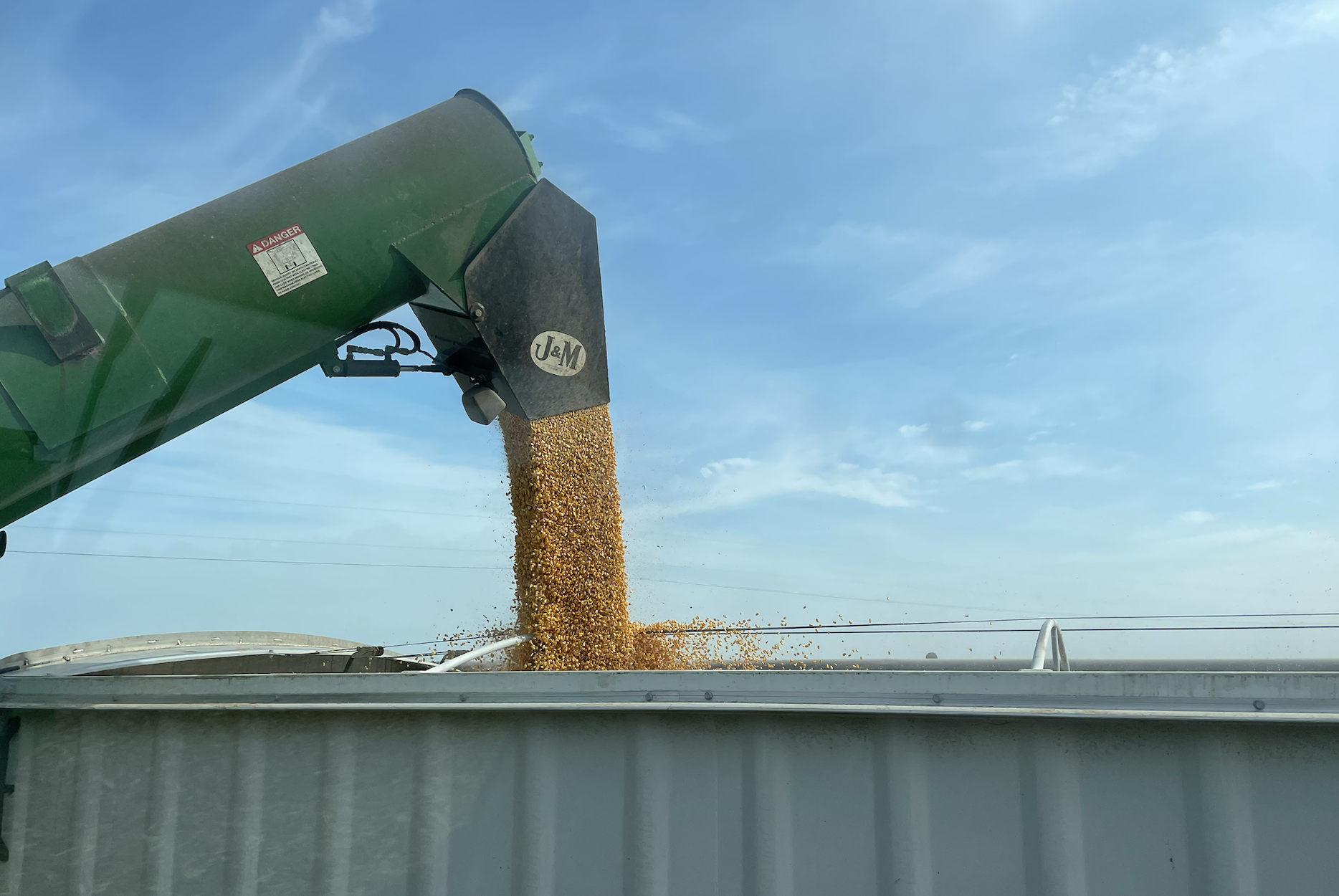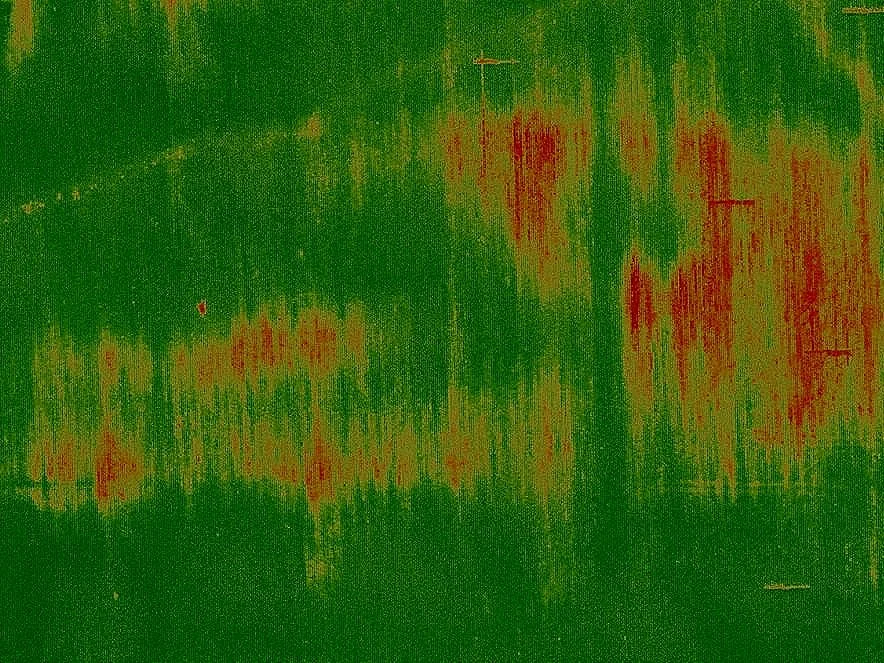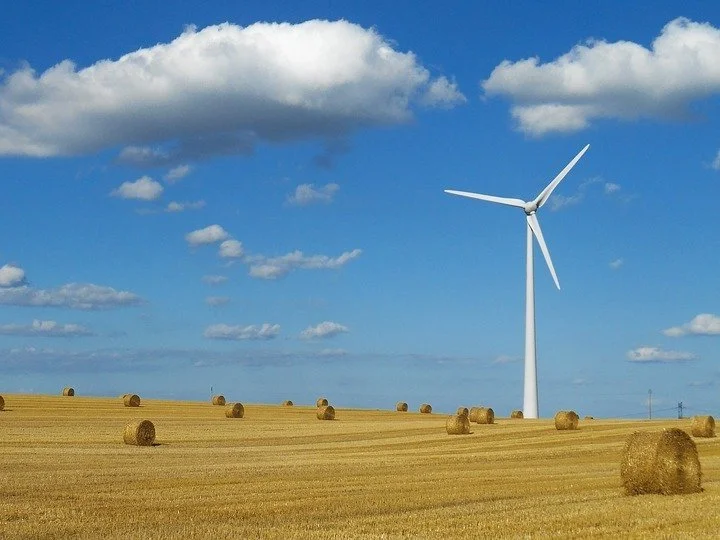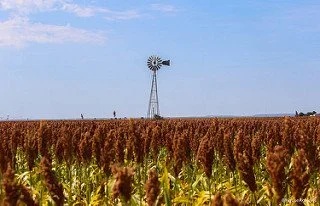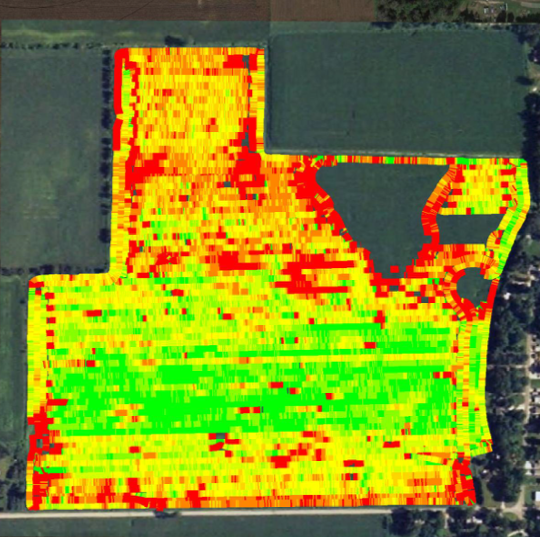The Digitalization of Grain Contracts
/At the recent American Ag Law Association conference, I presented on a panel on how grain trading is moving from paper to digital contracting at all points in the supply chain. This post is a summary of that presentation.
The United States has the most efficient grain marketing infrastructure of anywhere in the world. A farmer harvesting corn in the Midwest only has short distance to truck grain from the field to a local elevator. From the elevator, grain moves by rail to terminals on the Ohio or Mississippi Rivers. From there, grain moves down these waterways to export terminals in Louisiana. Nowhere else in the world is fortunate enough to have a massive transportation waterway leading into the heart of the nation’s breadbasket.
Recent updates to how grain is marketed and traded have made this system even more efficient.
From Farm to Elevator. The traditional paper grain contracts are being replaced by digital versions stored and accessed on online platforms. Adam Lazarov, Senior Counsel at Indigo Marketplace, explained that companies like Indigo are facilitating the transition from paper grain contracts to online documents. The benefits to farmers are enormous, and include improved record-keeping, simplified transactions, reduced marketing costs, and expanding market access.
Down the River. Most people probably do not appreciate that grain travelling in barges down the Ohio and Mississippi Rivers is often bought and sold many times between river terminals and the export terminals. Brittany Batz, Demeter Logistics, said that one barge was bought and sold 26 times on its journey. Traditionally, each transaction required a paper Bill of Lading that had to be transferred when the barge was sold, a process that included a lot of FedEx packages and phone calls. This changed when NGFA created the Barge Digital Transformation Project that moved Bills of Lading to an online, industry-wide, platform.
International Shipping. Vessel documentation is also becoming more digital. Mike Bowman, General Counsel for Zen-Noh Grain Corporation, explained how grain exporters are using new tools that reduce paper contracting burdens. In the past, it was not unusual to for grain exporters to send a person by air ahead of the grain vessel with the paper contracts. New digital platforms like are helping change this. The result saves time and millions in expenses, as contracts are paid within hours instead of days.
What’s next for grain trading? These three examples in the supply chain represent enormous improvements in grain marketing, saving farmers and merchandisers millions and further improving an already efficient supply chain. However, the big problem still needing to be solved is how to connect these disparate platforms together. A grain buyer across the globe, for example, may want to purchase “low carbon” non-gmo soybeans from farmers located in Iowa. Even with technological advancements in place today, there is no way for that buyer to verify the beans meet their criteria. This should be possible, as much of this data is harvestable already. But unfortunately the data remains siloed in a way that prevents sharing the information up the supply chain.
Digital advancements in grain trading have come a long way, but there is still more work to be done.

